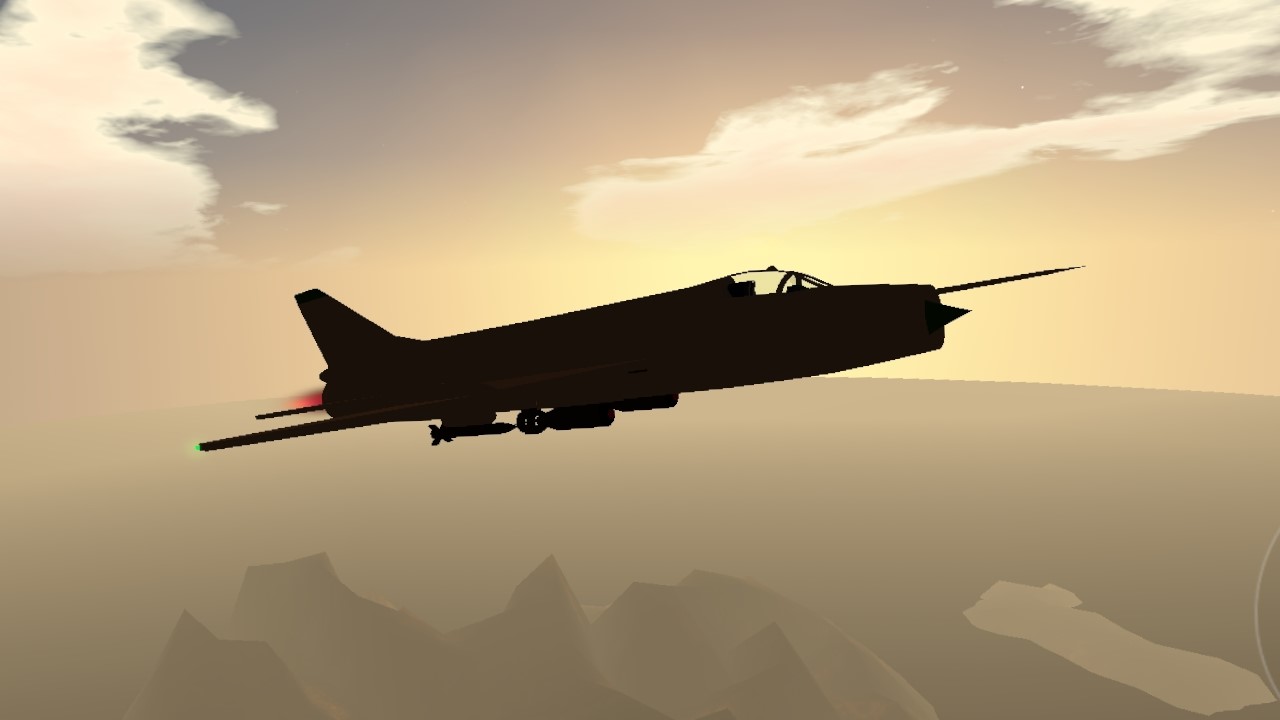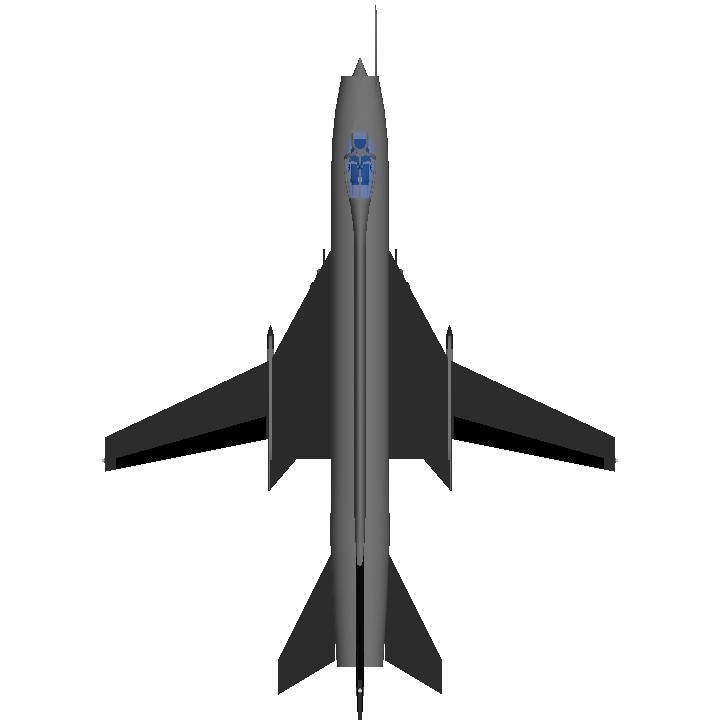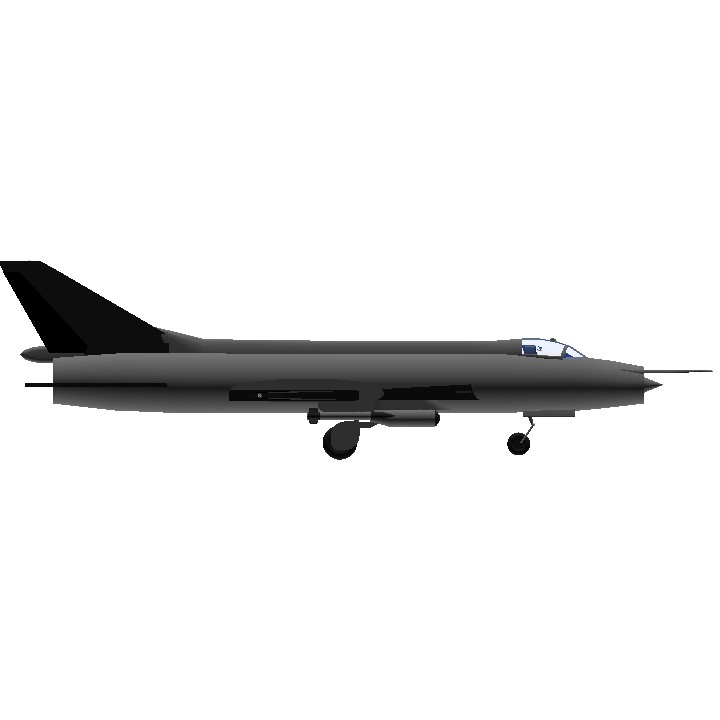Initially, there was nothing revolutionary or exotic in the appearance of the supersonic fighter-bomber Su-7B - an aircraft of a classic aerodynamic layout, made at a high professional level. The modernization potential embedded in the machine has allowed for four decades to meet the increasing requirements of the Air Force for aircraft of this class.
Conceived in 1953 as a supersonic front-line fighter, the Su-7 turned into a Su-7B fighter-bomber five years later at the request of the Air Force, while its bomb load, taking into account the new purpose, increased fourfold. The specified specialization of the aircraft, as the results of tests and operational experience were generalized, determined the direction of further continuous improvement, which lasted until the early 1970s.
The increase in the combat effectiveness of the machine was accompanied by an increase in its take-off weight and a deterioration in take-off and landing characteristics. The beginning of the operation of the Su-7B by combat units fell on the years when the adoption of tactical nuclear weapons exacerbated the problem of vulnerability of airfields of front-line aviation. The solution to this problem was seen in the dispersal of front-line aviation during the threatened period and the associated requirement to ensure combat operations with a limited runway. Therefore, Soviet engineers decided to develop a new aircraft with a variable sweep wing. The result of these works was the Su-17 fighter-bomber, which made its first flight in 1972
Specifications
General Characteristics
- Created On Android
- Wingspan 36.8ft (11.2m)
- Length 51.3ft (15.6m)
- Height 14.2ft (4.3m)
- Empty Weight 13,015lbs (5,903kg)
- Loaded Weight 21,269lbs (9,647kg)
Performance
- Power/Weight Ratio 2.852
- Wing Loading 63.3lbs/ft2 (309.0kg/m2)
- Wing Area 336.0ft2 (31.2m2)
- Drag Points 2534
Parts
- Number of Parts 164
- Control Surfaces 5
- Performance Cost 1,018






